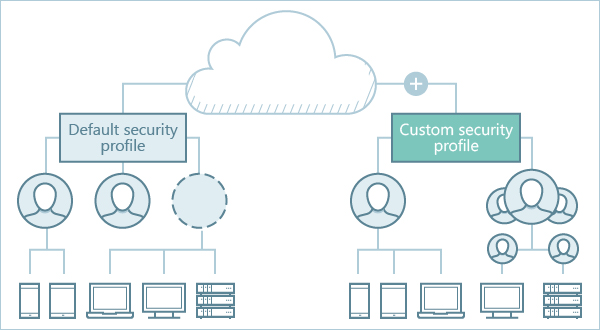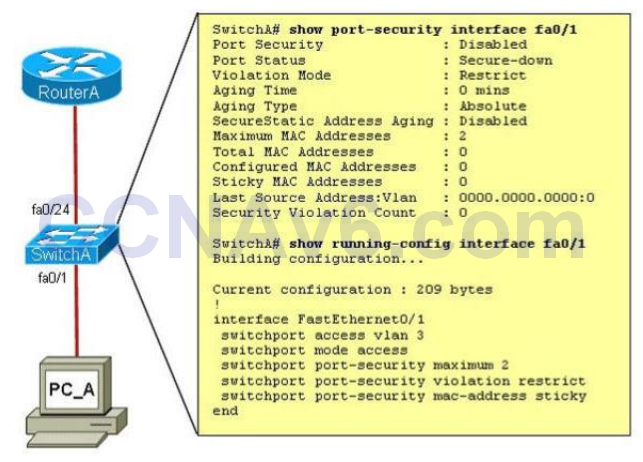
We will define access control, explore the four access control models, describe the methods of logical access control and explain the different types of physical access control.Īccess control is identifying a person doing a specific job, authenticating them by looking at their identification, then giving that person only the key to the door or computer that they need access to and nothing more. The answer could be along the lines of, “Sorry, but you need to submit a ticket to the help desk with the appropriate information filled out which will go through a vetting process before we can grant you the appropriate access.” This leads to more frustration with the individual potentially saying something like, “Is there a faster way to do this? I just need access to one folder, that’s it.” So now what?Īs painful as it may seem (and inconvenient at times), there are reasons why access control comes into play for a scenario like this especially in the age of cyberspace. Of course, they end up asking why they can’t just have overall access to the information in a folder so they can sort through the items and find what they need. This can happen at the most inconvenient time and they would need to get a hold of a system administrator to grant them the appropriate level of privileges.


There are times when people need access to information, such as documents or slides on a network drive, -but don’t have the appropriate level of access to read and/or modify the item.


 0 kommentar(er)
0 kommentar(er)
